Wondering when to introduce your child to skiing? Most kids are ready between ages 3 and 5, but it depends on their physical, mental, and social development. Here's a quick guide to help you decide:
- Signs of Readiness: Confident walking, good balance, potty-trained, and an interest in snow activities.
- Benefits of Early Skiing: Improves motor skills, boosts confidence, and creates family bonding opportunities.
- Getting Started: Use lightweight beginner equipment like skiskates or short skis. Keep sessions short and fun.
- Safety First: Ensure proper gear (helmet, gloves, layers) and consider professional lessons for a safe experience.
Starting early can help your child develop skills and enjoy skiing as a lifelong activity. Focus on creating a fun, pressure-free environment!
Signs Your Child is Ready to Ski
Age and Development Checkpoints
Most kids start picking up skiing skills between ages 3 and 5. By age three, many children are eager to try new things and often show a fearless attitude toward learning [2]. Here’s a breakdown of key developmental milestones that can help determine readiness:
| Development Area | Skills Needed | Typical Age Range |
|---|---|---|
| Motor Skills | Walking and running steadily | 2–3 years |
| Balance | Standing on one foot, jumping | 3–4 years |
| Social Skills | Feeling at ease with peers | 3–5 years |
| Communication | Following simple instructions | 3+ years |
| Independence | Basic self-care, potty trained | 3+ years |
While age and milestones are helpful, also think about your child’s overall physical and mental readiness before getting started.
Physical and Mental Readiness
Readiness goes beyond hitting milestones. Look for specific physical and mental signs that your child is prepared for skiing.
Physical Signs:
- Can balance well while walking or running
- Shows good body awareness during play
- Has strong leg muscles
- Tolerates cold weather comfortably
- Demonstrates coordination
Mental Signs:
- Feels comfortable around other kids and adults
- Follows instructions without difficulty
- Can stay patient during learning activities
- Shows genuine interest in snow-related activities
You can introduce skiing concepts at home in fun, low-pressure ways. For example, let your child try toy skis to build confidence and create a positive connection to the activity [4].
Keep in mind that every child grows and learns at their own pace. Pushing them too soon might lead to frustration, so it’s best to keep the experience fun and stress-free. When kids naturally show excitement about playing in the snow, they’re usually more open to learning and building their skills gradually [2].
These readiness signs can also help shape how you approach those first lessons.
Teach Children Skiing | Episode 1 : Introduction and Equipment
Why Early Skiing Helps Kids
Once you’ve determined your child is ready, introducing them to skiing early can help build their skills and confidence.
Developing Skills and Confidence
Skiing at a young age supports both physical and mental growth. Kids naturally learn through play and imitation, and their lack of fear often helps them pick up skills faster [4].
Here’s how skiing can help:
| Skill Area | How It Helps |
|---|---|
| Physical Growth | Improves balance and strengthens muscles |
| Movement Control | Sharpens spatial awareness and coordination |
| Motor Skills | Refines both gross and fine motor abilities |
| Mental Development | Boosts confidence through small victories |
Research shows that kids who start skiing between ages 3 and 5 tend to develop better motor skills than those who start later [3]. Activities like balancing on skis not only improve physical strength but also build self-assurance [4].
"Young children often have a remarkable fearlessness and ability to learn quickly." [3]
Creating Family Traditions
Hitting the slopes together can strengthen family bonds and create lasting memories. These shared experiences often become cherished traditions that kids carry with them as they grow [3].
Some benefits of skiing as a family include:
- Quality Time: Disconnect from screens and spend focused time together.
- Celebrating Success: Cheer on each other’s progress.
- Active Habits: Encourage a healthy, active winter lifestyle.
- Supportive Learning: Kids thrive when learning alongside family.
"When can kids start skiing or snowboarding? It's a great question because getting those little ones on the slopes as early as possible opens up a lifetime of winter fun." [2]
While family skiing is fun, professional lessons are key. Trained instructors ensure safety and make learning enjoyable. Keep sessions short and focus on fun rather than technical perfection [3]. This approach lays the groundwork for a lifetime of skiing enjoyment and family adventures.
sbb-itb-17ade95
Getting Kids Started with Skiing
Picking Beginner Ski Equipment
The right gear can make all the difference in your child's first skiing experience. Options like Snowfeet Skiskates (44 cm) and Skiblades (65 cm) provide alternatives to traditional skis, making it easier for beginners to get started.
| Equipment Type | Benefits |
|---|---|
| Skiskates (44 cm) | Lightweight, easy to maneuver, and pairs with regular winter boots |
| Skiblades (65 cm) | Helps with balance and improves carving skills |
| Traditional Skis | Offers a classic learning experience with reliable stability |
"With these little skis, you feel much more agile, faster, and above all, comfortable. No buckles, no heavy boots – just strap in and go." - Jakub F [5]
Once you've chosen the right equipment, ensure your child practices in a comfortable and supportive environment.
Setting Up for Success
Start your child's skiing journey in a familiar and relaxed setting. Keep sessions short - around 60 minutes - and include frequent breaks to keep it fun and engaging.
Focus on enjoyment rather than perfection. Encourage your child to try simple movements and explore at their own pace, without feeling pressured.
Must-Have Safety Equipment
Safety is essential for a positive skiing experience. Make sure your child has these items:
- A well-fitted helmet
- Waterproof gloves or mittens
- A moisture-wicking base layer
- An insulated, water-resistant jacket and pants
Keep an eye on your child’s comfort in cold weather, and schedule warming breaks as needed.
"Creating a positive and unforgettable first time experience for your child is crucial as it can profoundly influence their enthusiasm for winter sports." - Hokkaido Ski Club [3]
To ensure a smooth experience, double-check that all gear fits properly and is adjusted before hitting the slopes. When kids feel comfortable, they’re more confident - and confidence is key to learning.
Keeping Kids Safe While Skiing
Adult Oversight and Lessons
Once your child shows signs of being ready to ski, keeping a close eye on them is crucial as they build their skills. Professional lessons can help them learn proper techniques while making the experience enjoyable. Many ski schools start teaching children as young as 3, and most kids can ski on beginner slopes independently after just a few days of lessons [6].
Common teaching tools include:
- Edgie wedgies: These connect ski tips to help with control.
- Harnesses with leashes: Useful for maintaining control on slopes.
- Support poles: Allow an adult to ski alongside and provide balance [6].
When it comes to chairlifts, let the operator know if your child is a beginner and ensure the safety bar is always lowered [6]. Supervise closely and let your child take things at their own pace.
Learning at Their Own Speed
After formal lessons, it’s important to tailor the skiing experience to your child’s comfort level. Kids learn at different speeds, so keep sessions short - under an hour - to prevent fatigue [1].
Here’s how you can guide them:
| Learning Stage | How to Approach It |
|---|---|
| First Steps | Stick to gentle slopes before trying chairlifts. |
| Early Progress | Use a support pole to stay close and provide balance. |
| Skill Building | Take breaks to warm up and recharge. |
| Confidence Growth | Celebrate milestones - maybe with a hot chocolate! |
For a positive learning environment, opt for family-friendly ski areas with flatter slopes and fewer crowds [6]. Stay close enough to provide immediate help if needed [1].
Lastly, double-check your child’s gear - helmet, thermal layers, gloves, and goggles - to ensure everything fits and works properly [1]. Family lessons can also be a fun way to improve everyone’s skills while keeping things safe and enjoyable [6].
Conclusion: Help Your Child Start Skiing Right
To set your child up for success on the slopes, focus on age-appropriate timing, their personal readiness, and fostering a love for the sport.
Snowfeet Skiskates can be a great starting point, offering excellent control and ease of movement. As your child gains confidence, transitioning to Snowfeet Skiblades can provide added stability while keeping the learning process approachable.
"Three to five years old is a great age to teach kids how to ski or snowboard. It's the perfect combination of fearlessness, body awareness, and adaptability that makes the learning process fun and effective." – Snow.com [2]
Here are some key factors to ensure a smooth learning experience:
| Success Factor | Tips for Implementation |
|---|---|
| Learning Environment | Opt for quiet, beginner-friendly slopes |
| Progression Pace | Let your child set the pace naturally |
| Practice Sessions | Keep them short and engaging |
| Positive Atmosphere | Celebrate every small win |
FAQs
How do I know if my child is ready to start skiing?
Most children are ready to start skiing between the ages of 3 and 5, as this is when they generally develop the motor skills, balance, and coordination needed for the sport. Look for signs that your child can walk and run steadily, as these are good indicators of physical readiness.
Equally important is your child’s interest and enthusiasm for skiing. If they’re curious about winter sports and excited to try, it’s likely a great time to introduce them. However, if they seem unsure or nervous, it’s best to be patient and avoid pushing them before they’re ready. Building a positive experience at their own pace is key to fostering a lifelong love for skiing.
What are the advantages of teaching my child to ski at an early age?
Introducing your child to skiing at a young age offers numerous benefits. Kids between the ages of 3 and 5 are naturally curious, fearless, and quick learners, which makes this an ideal time to help them develop balance, coordination, and confidence on the slopes. Their ability to learn through play and imitation allows them to pick up basic skiing skills more easily while having fun.
Starting early also helps foster a lifelong love for winter sports and outdoor activities. Short, engaging lessons are key to keeping young children interested and ensuring they have a positive experience. With the right beginner-friendly equipment, like compact Snowfeet Skiskates or Snowfeet Skiblades, skiing becomes more accessible and enjoyable, making it easier for kids to build skills at their own pace.
What safety tips should I follow when teaching my child to ski?
When introducing your child to skiing, safety should always come first. Make sure they are dressed in proper ski gear to keep them warm, dry, and comfortable. Essentials include a waterproof jacket and pants, thermal base layers, an insulating mid-layer for colder days, ski socks, mittens or gloves, a neck gaiter, and goggles. For extra warmth, consider hand and foot warmers.
Choose beginner-friendly equipment that’s easy to use, like shorter skis or skiskates, which can help build confidence and balance. Always make the experience fun and pressure-free - encourage your child to enjoy the process rather than focusing on performance. Lastly, ensure they wear a properly fitted helmet to protect their head and always supervise them on the slopes.

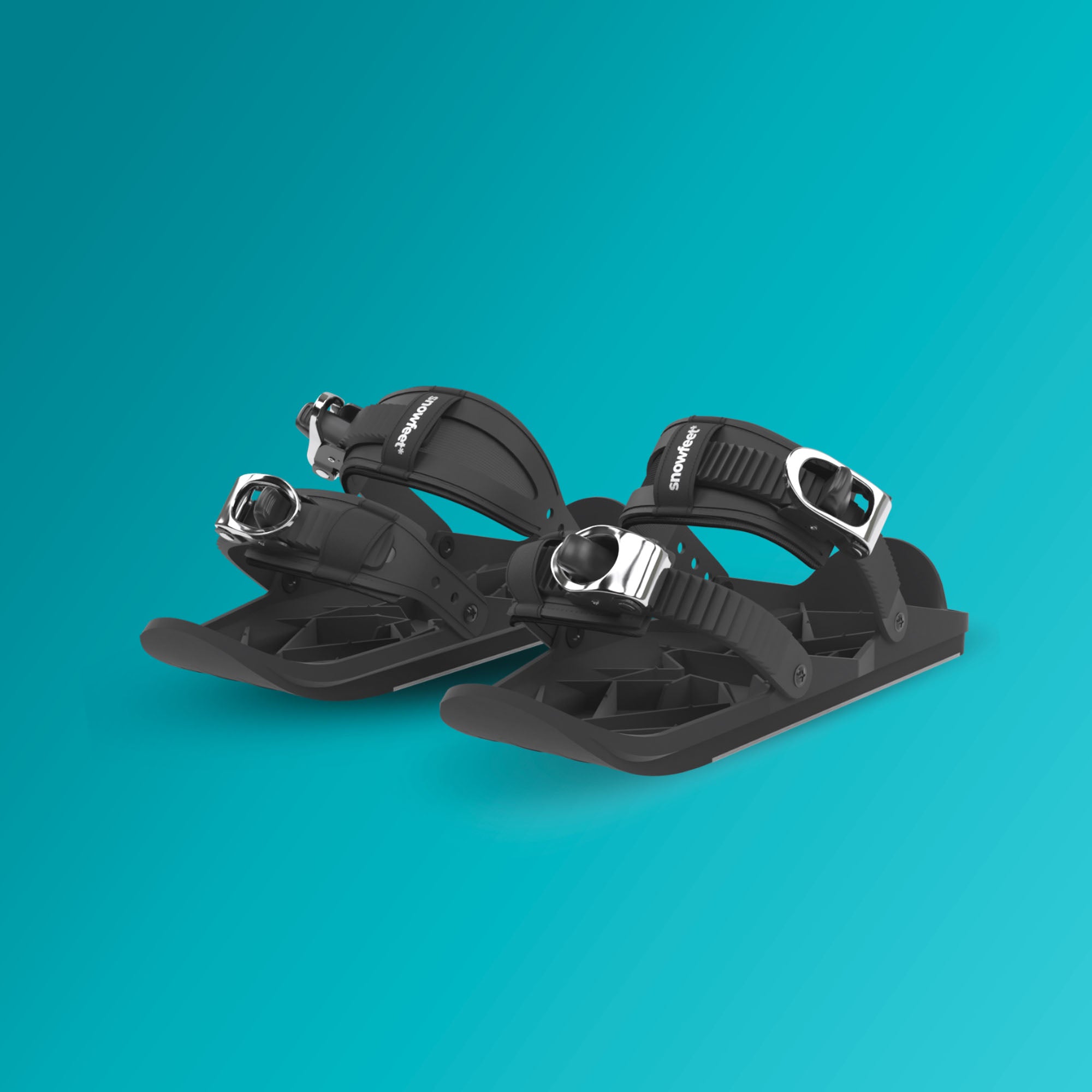


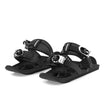
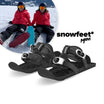

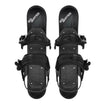


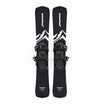
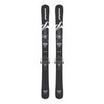
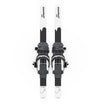
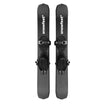
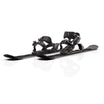
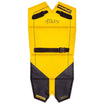

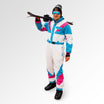

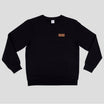
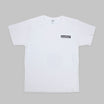

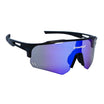


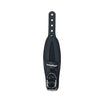
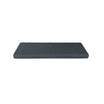
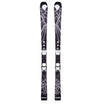




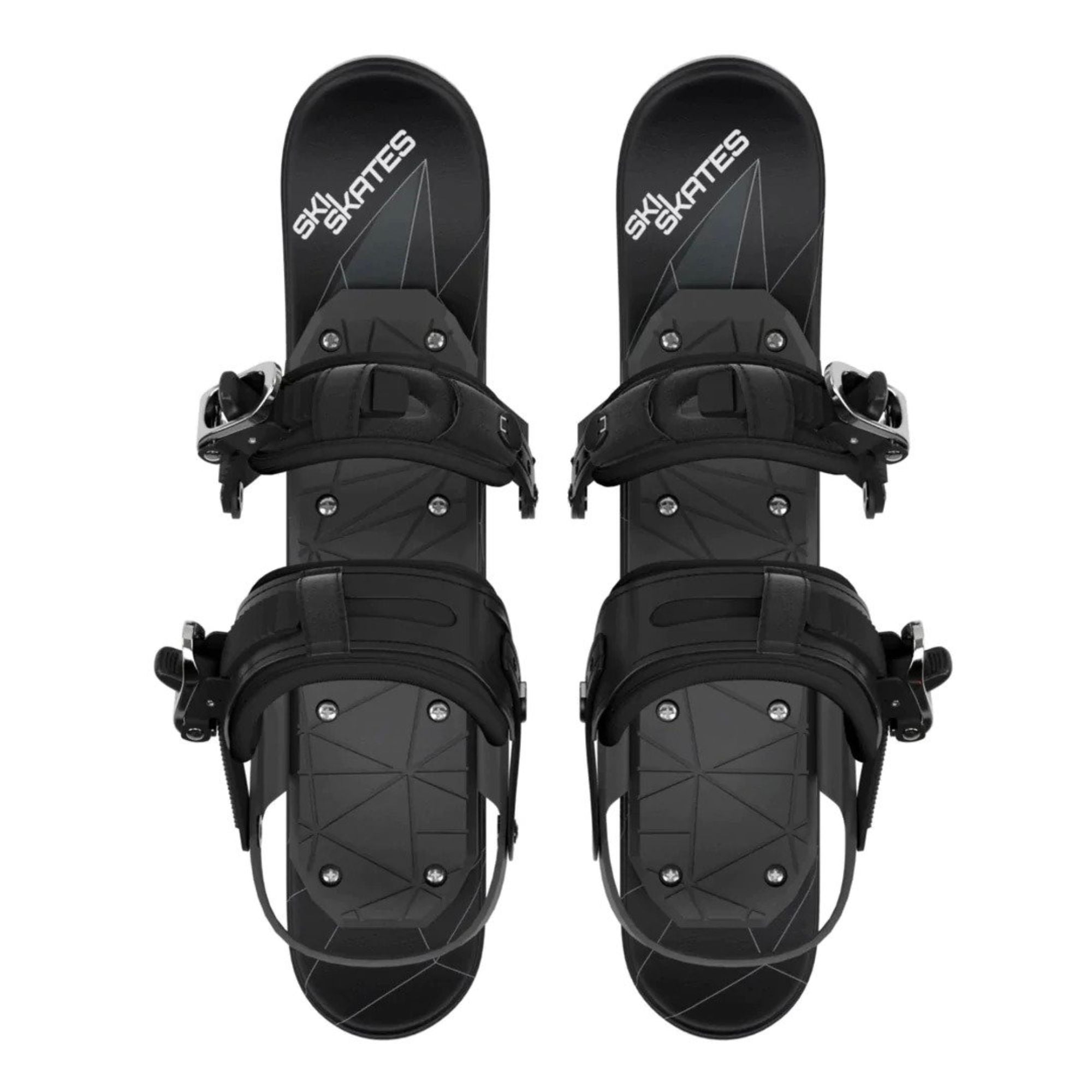
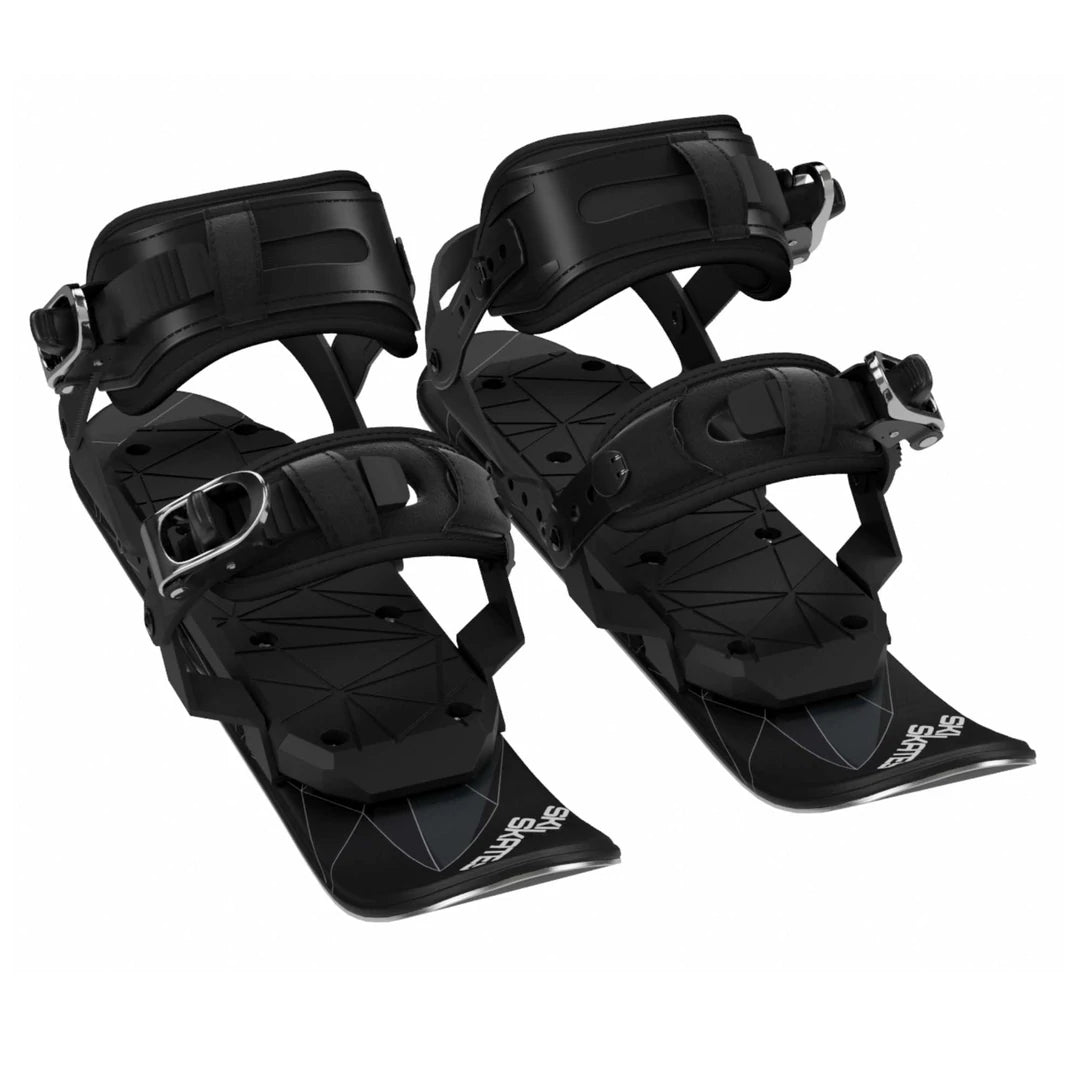
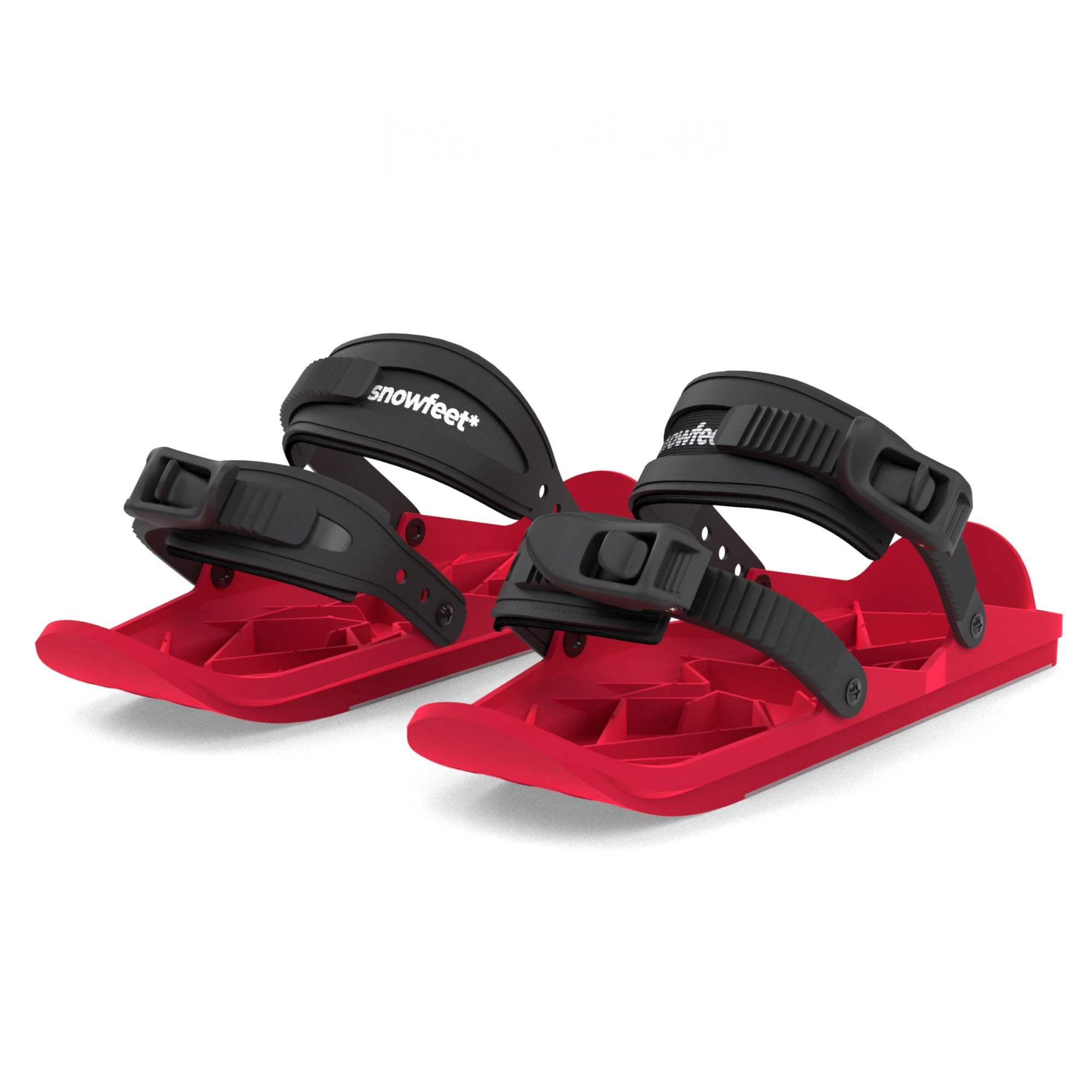
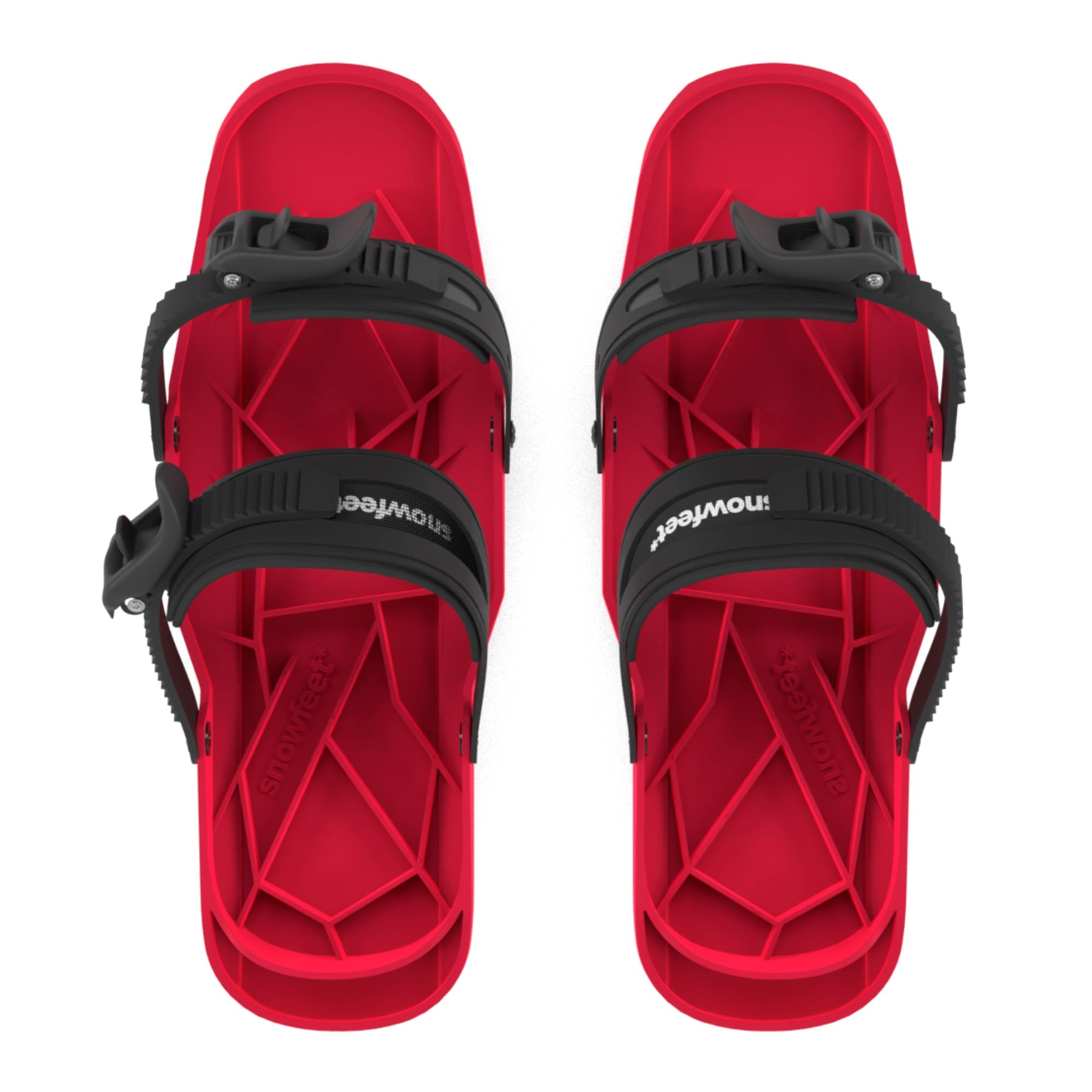




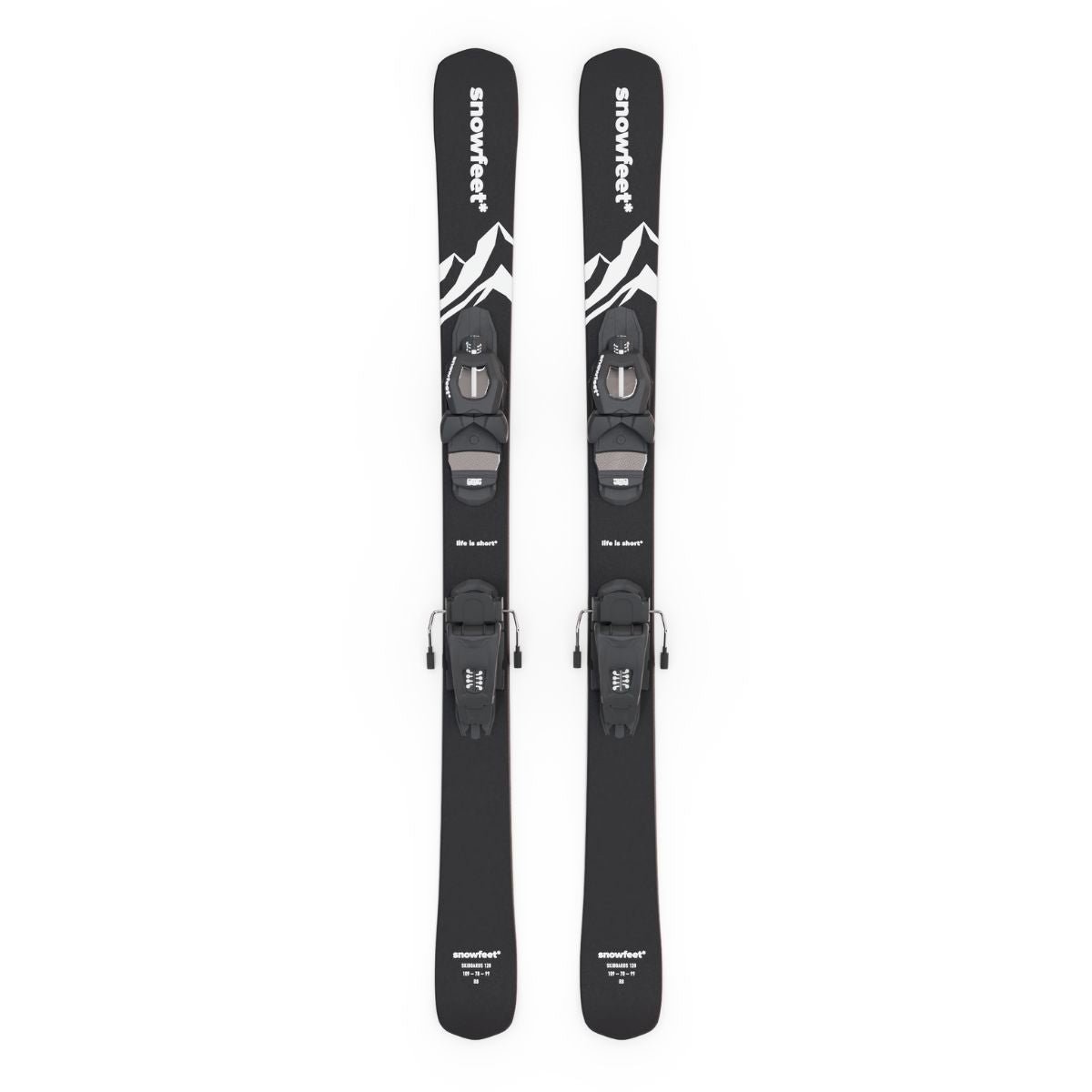
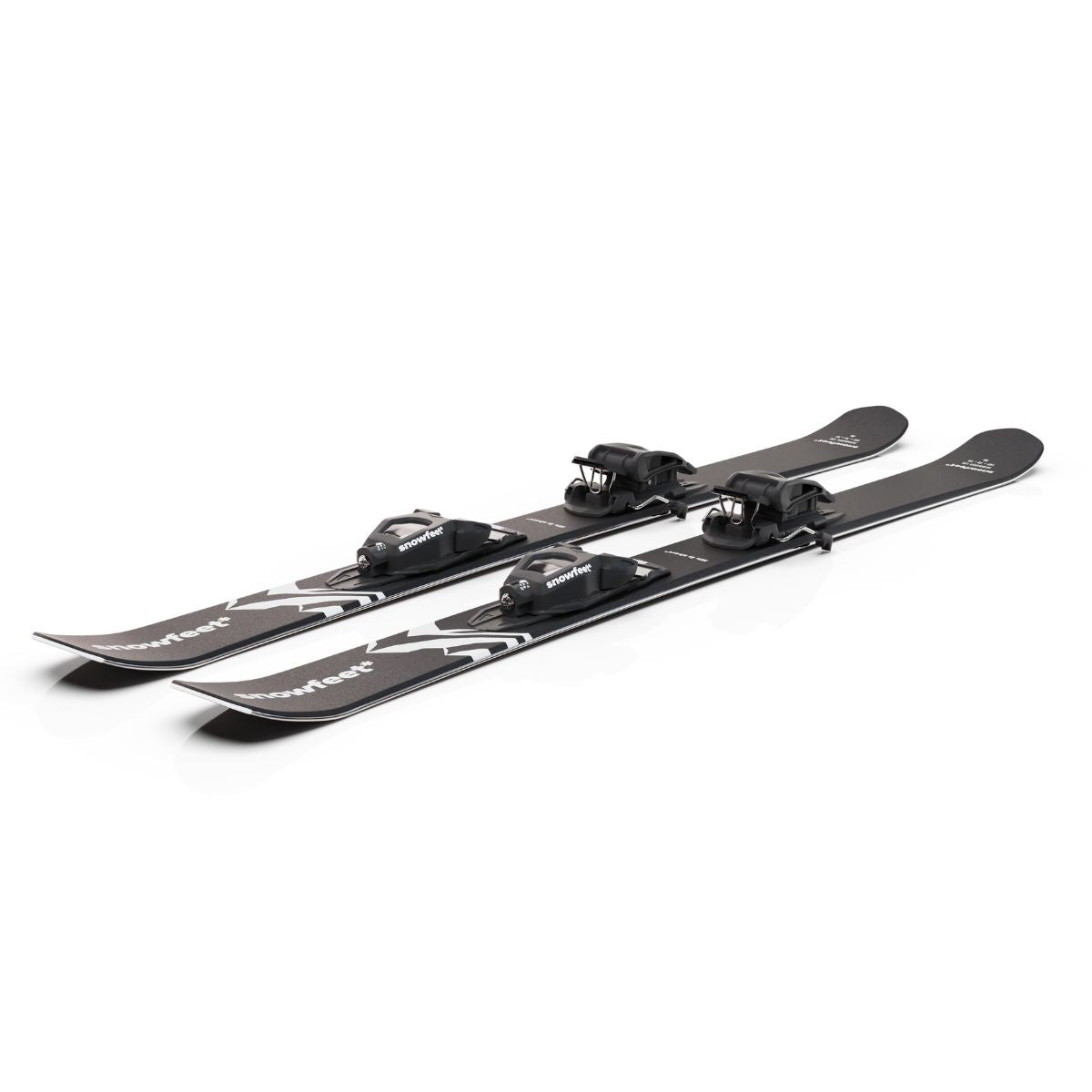
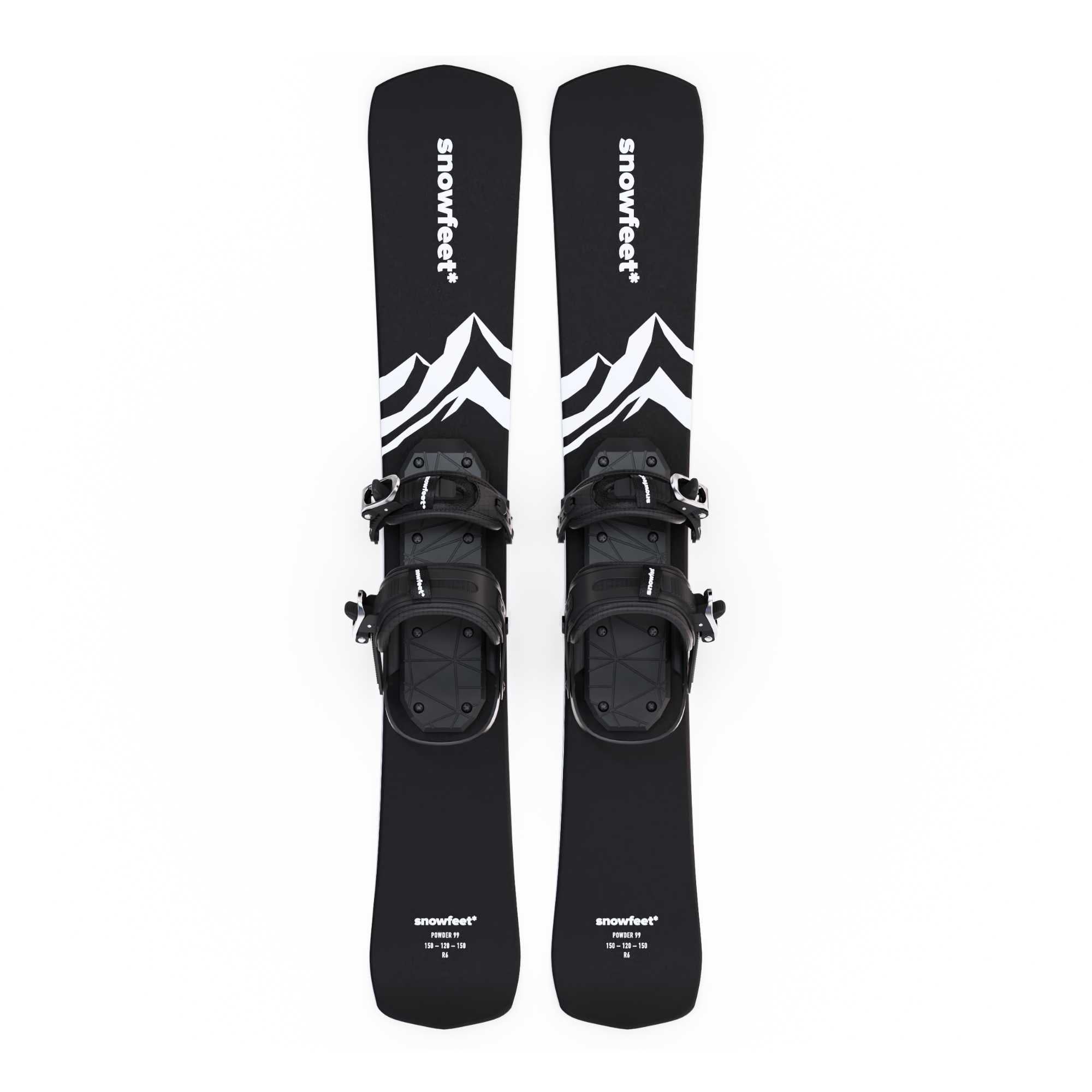
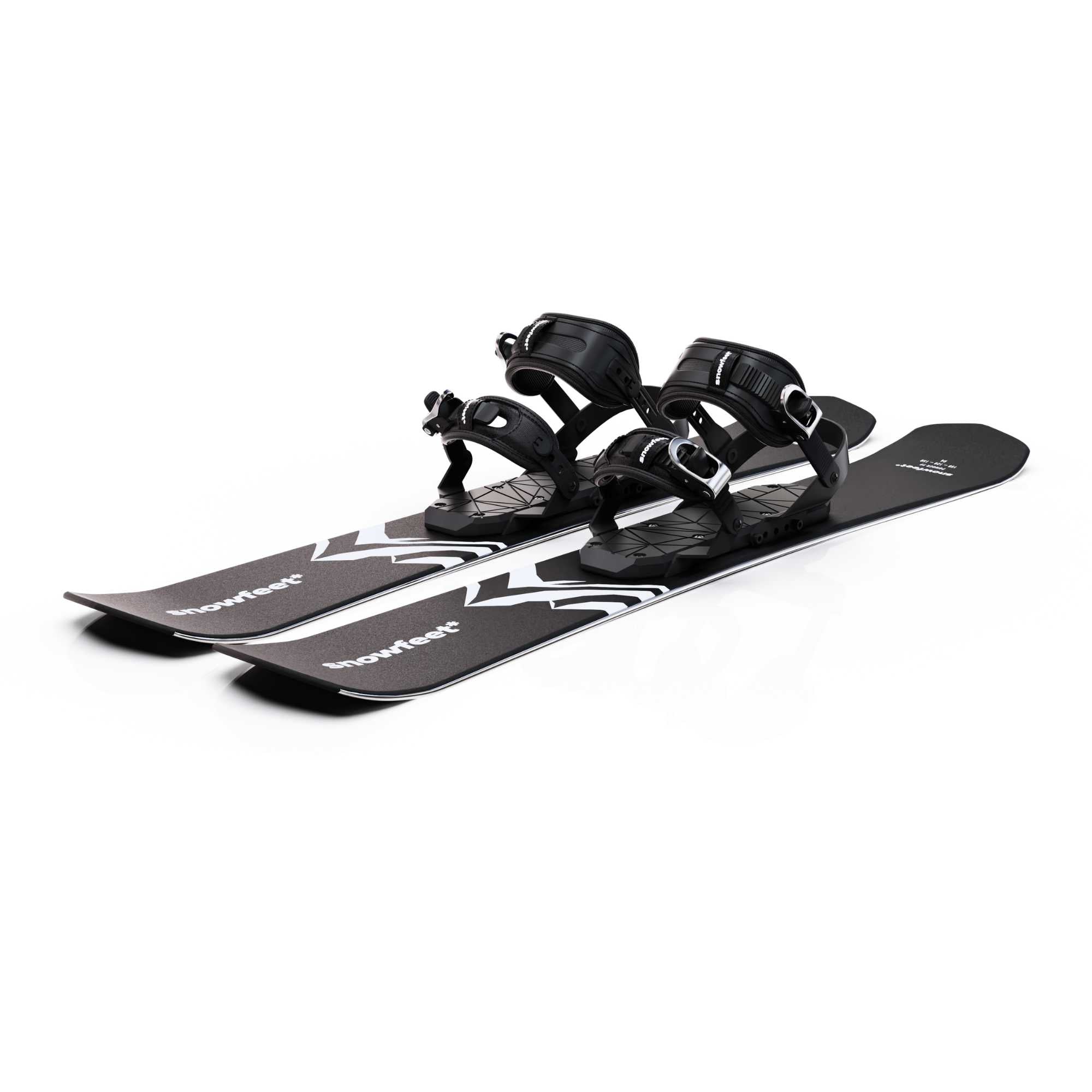
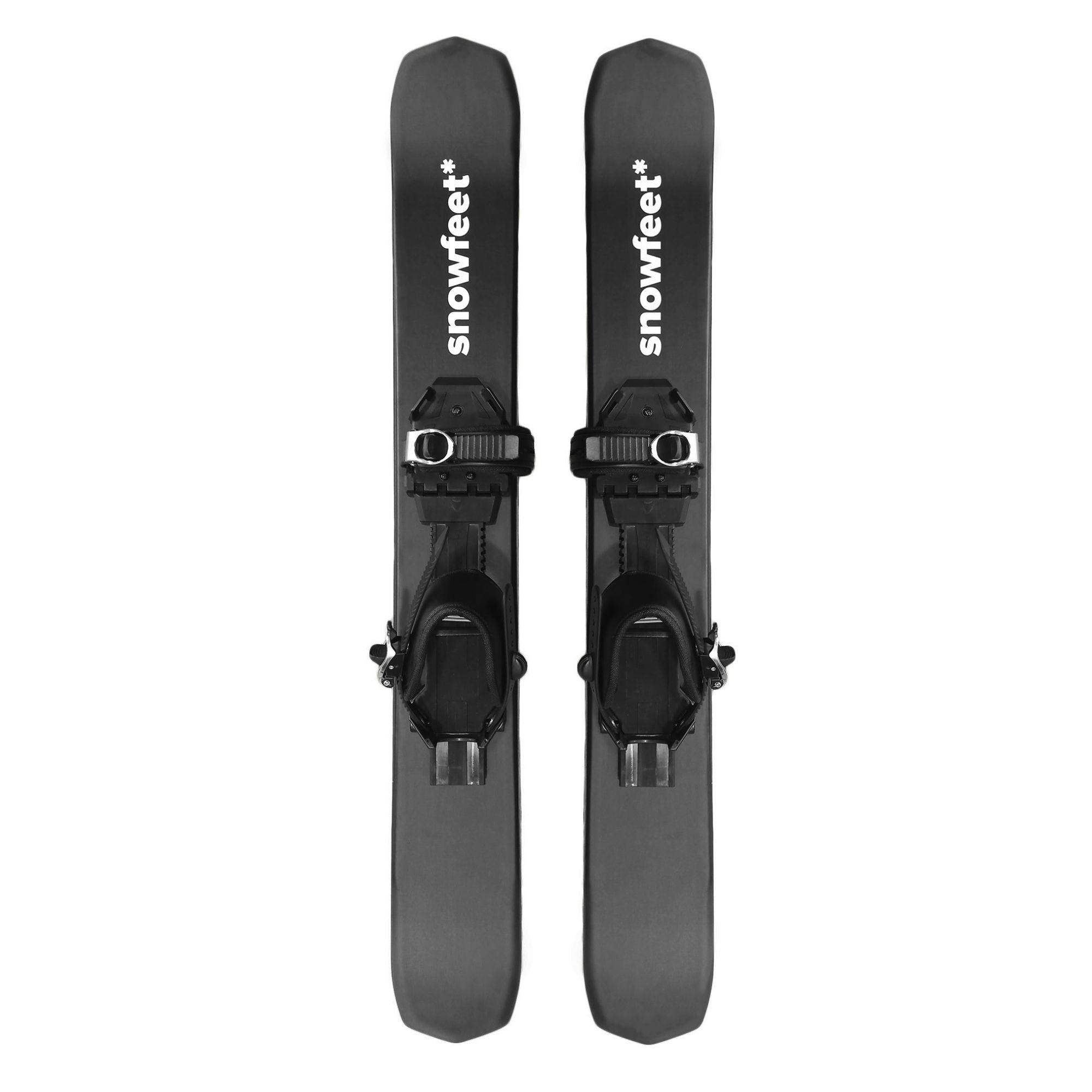
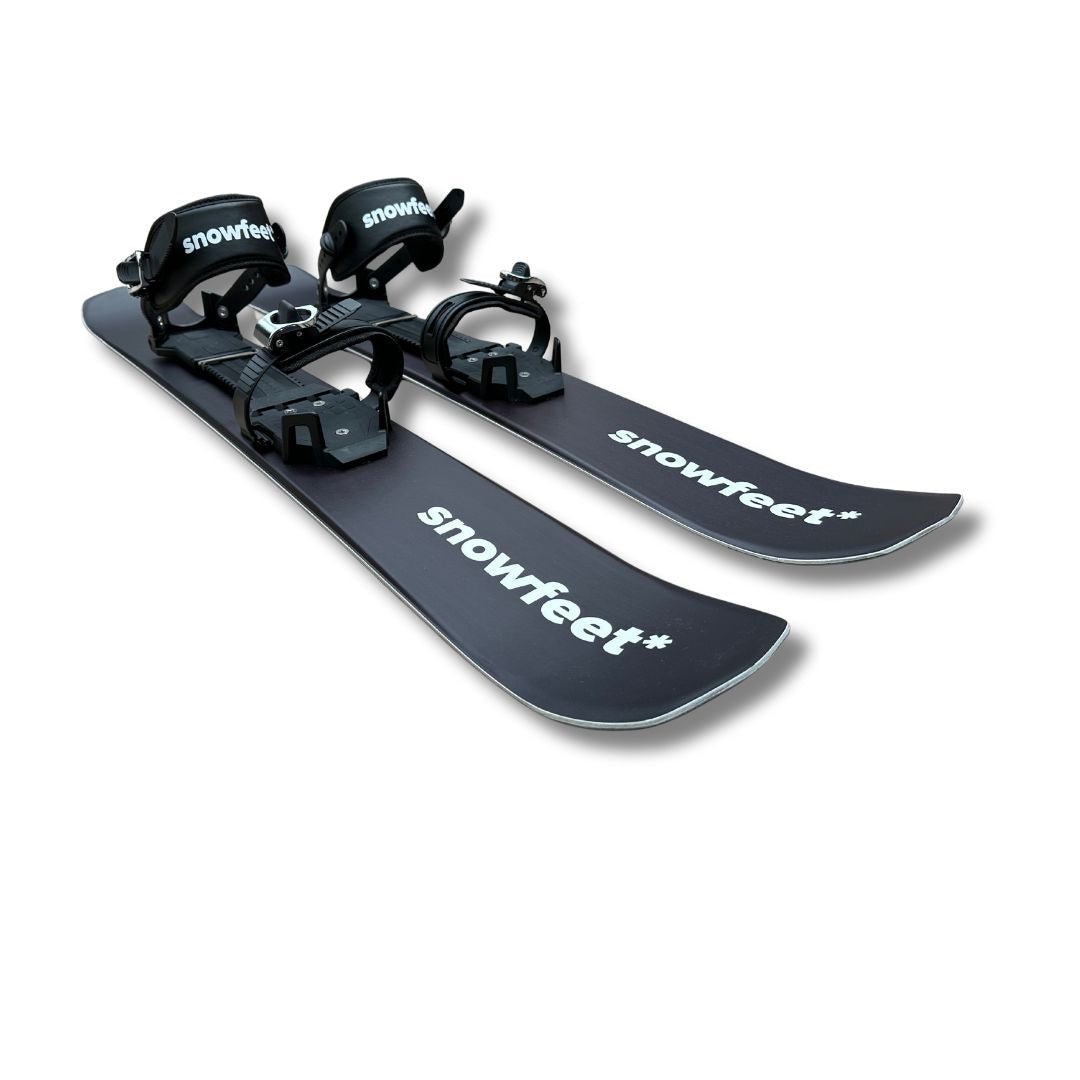
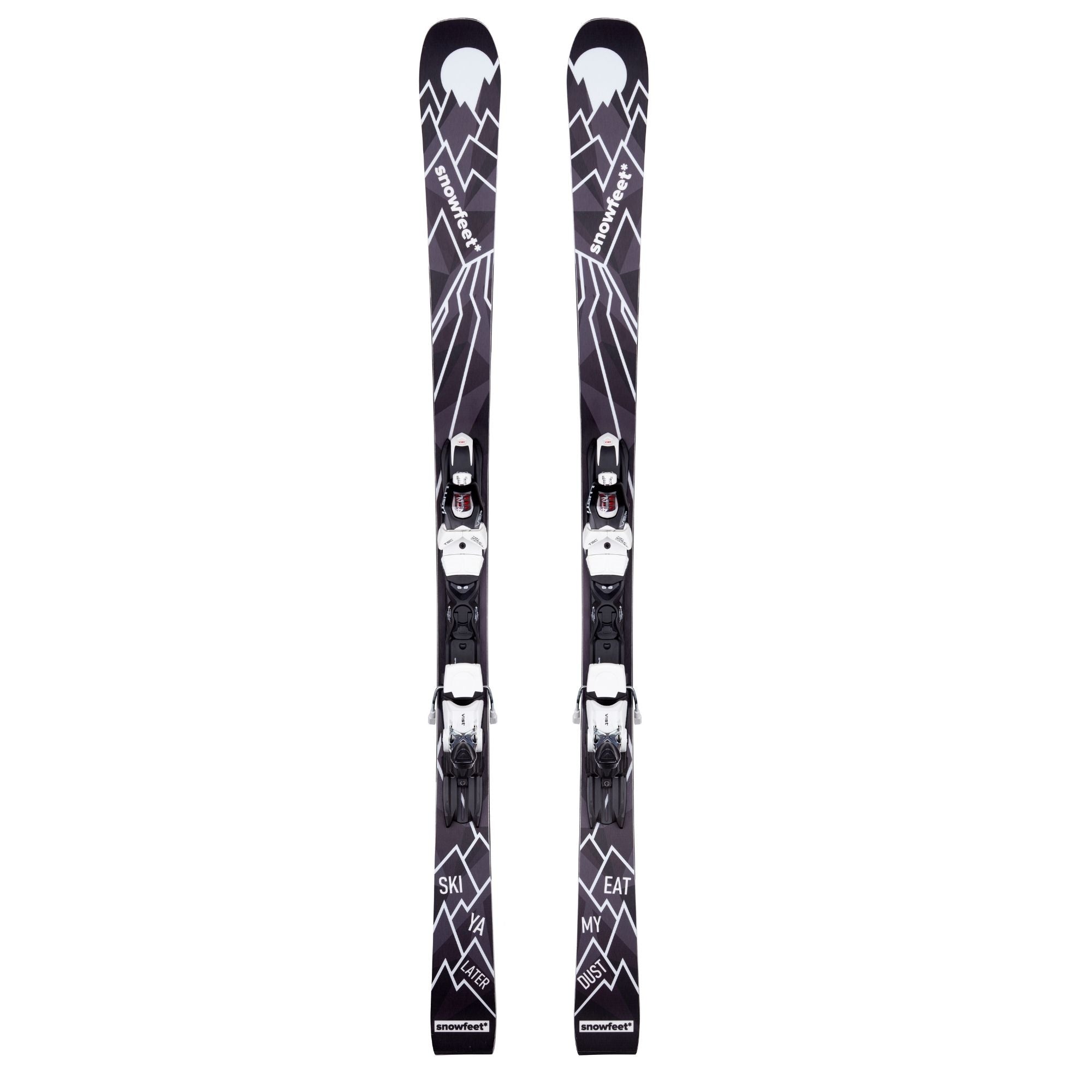
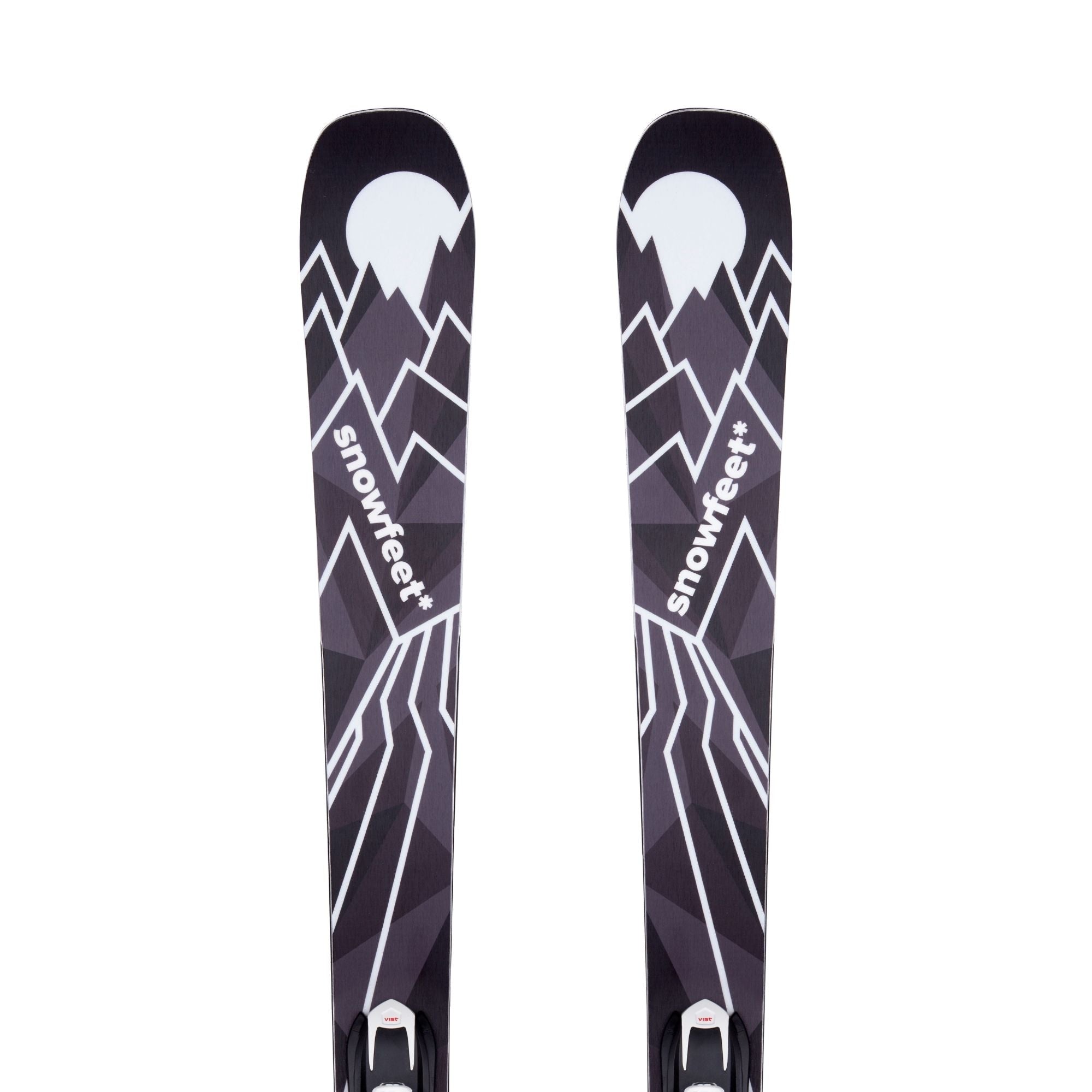
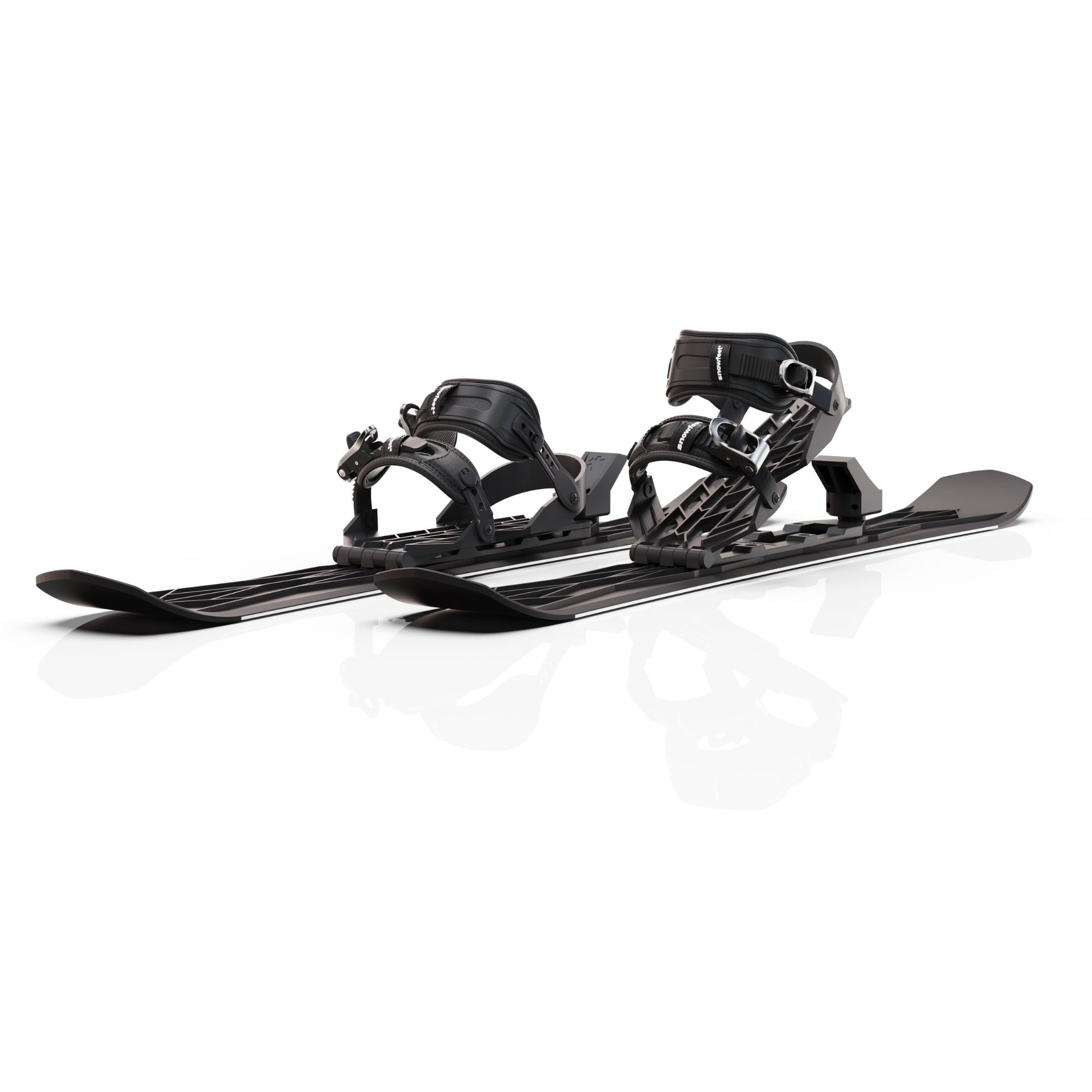

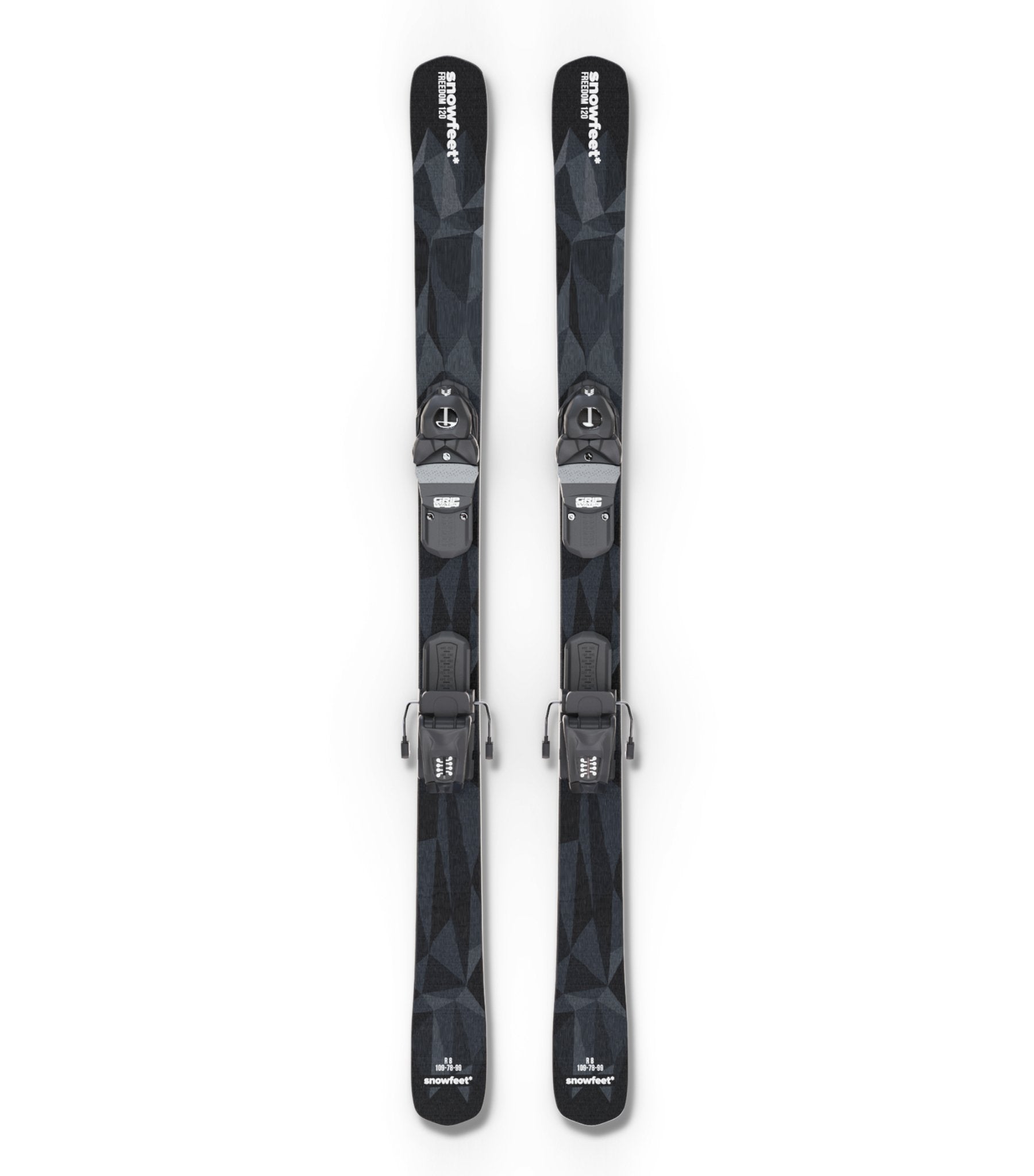
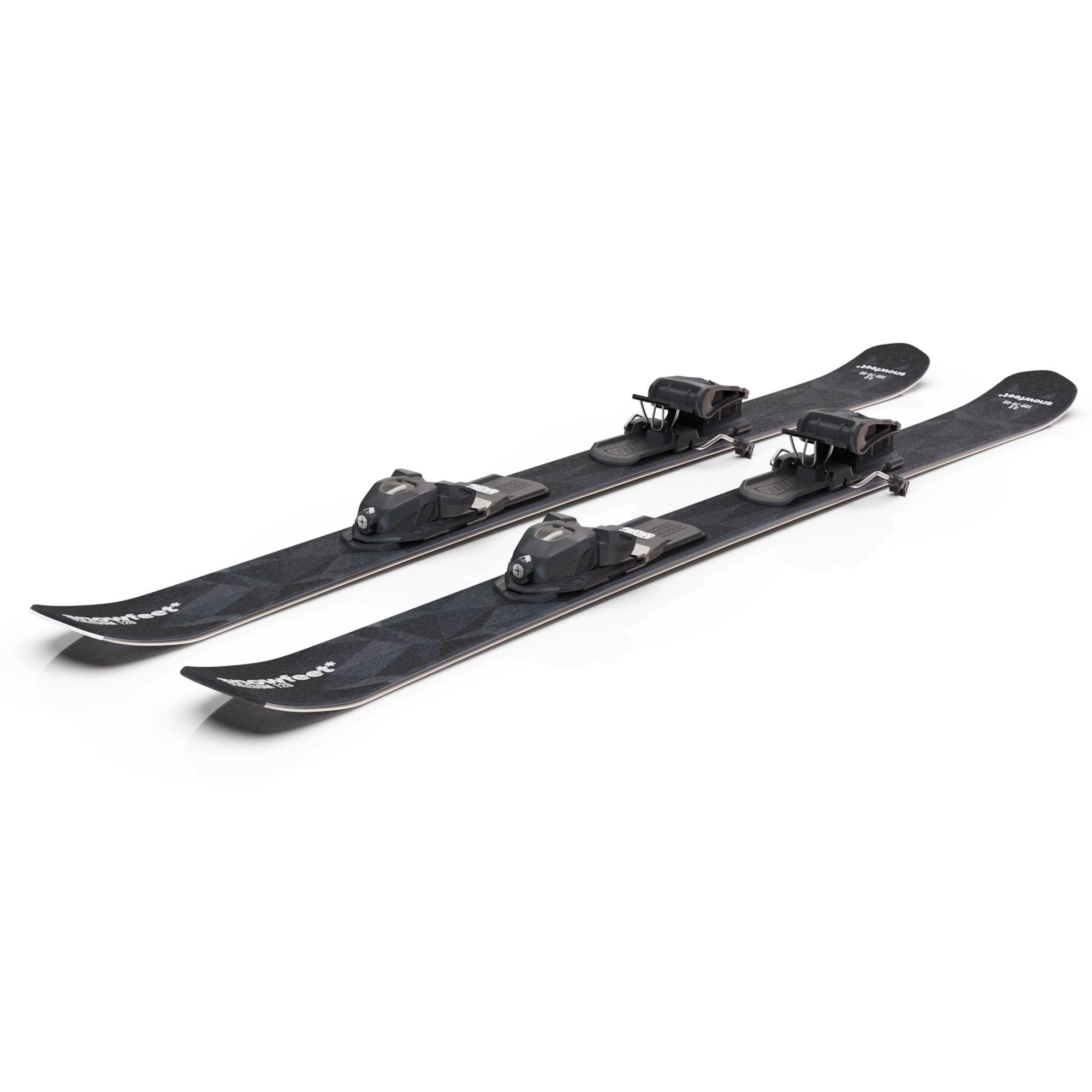
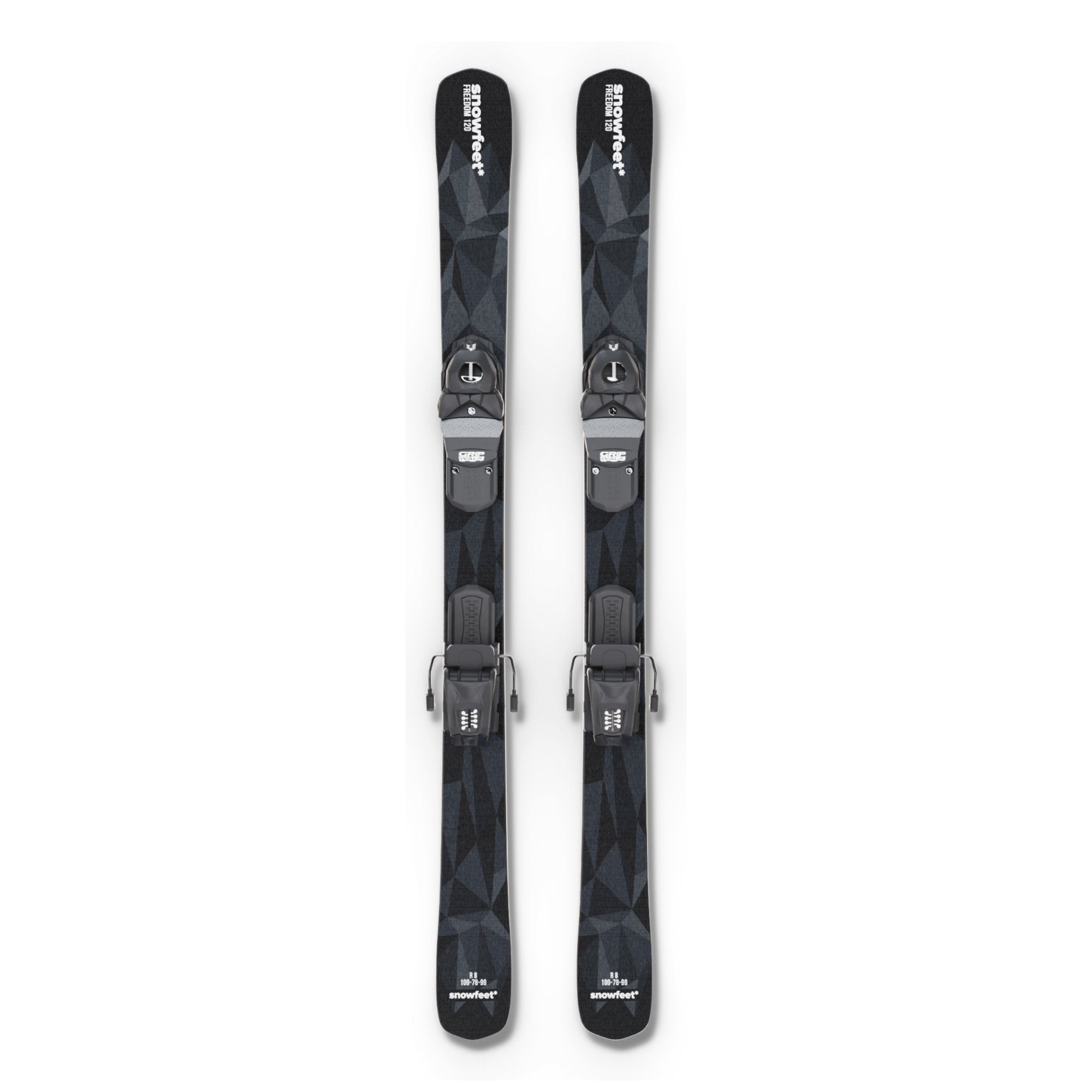
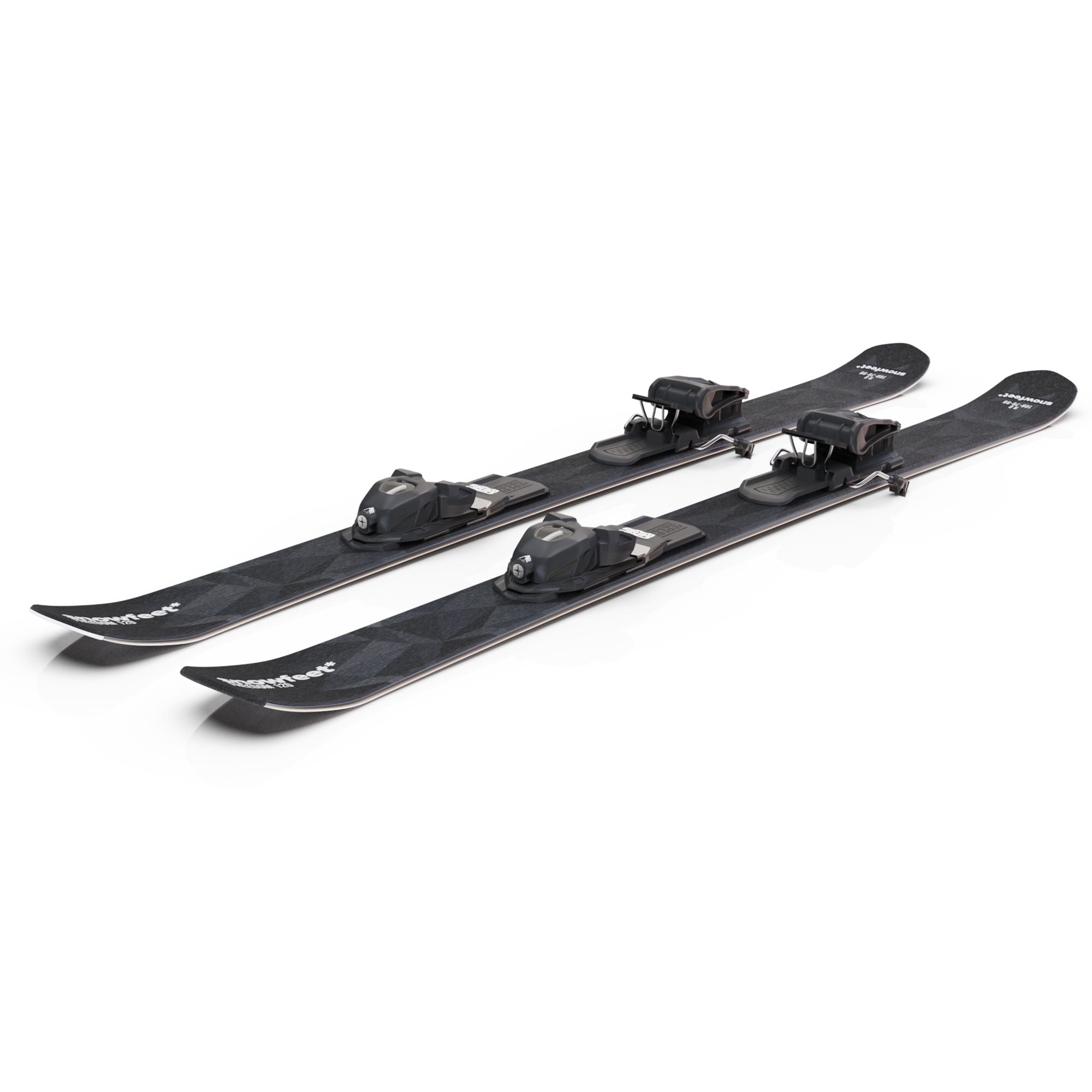
Napsat komentář
Tento web je chráněn službou hCaptcha a vztahují se na něj Zásady ochrany osobních údajů a Podmínky služby společnosti hCaptcha.